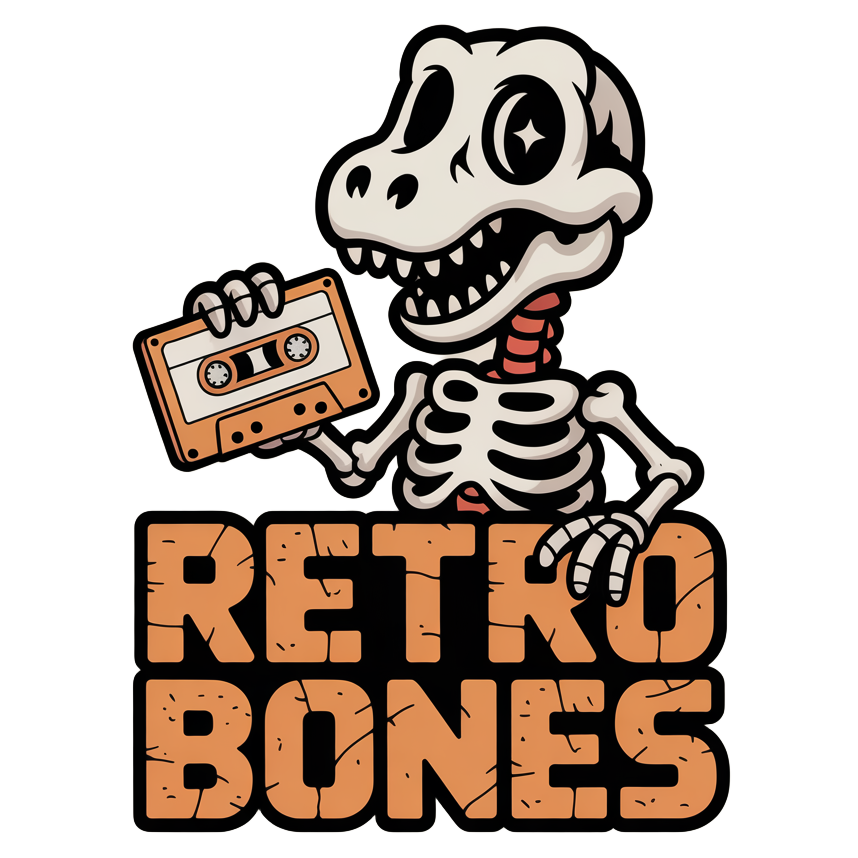10 Children’s Toys Every UK Kid Loved in the 70s and 80s
Childhood in the 1970s and 1980s was a world of simple pleasures. There were no smartphones, no tablets, and certainly no endless streams of YouTube videos to keep us entertained. Instead, our days were filled with toys that sparked our imagination, encouraged us to play outdoors, and often kept us occupied for hours on end. These toys didn’t just pass the time — they became a huge part of our childhood memories.
Some of them were noisy, some were frustrating, and some even caused the odd family squabble, but all of them had one thing in common: they brought joy. From the bouncy chaos of the Space Hopper to the puzzling frustration of the Rubik’s Cube, these toys defined what it meant to be a kid in the UK during those two decades. Here are 10 of the most iconic toys that shaped a generation.
1. Space Hopper
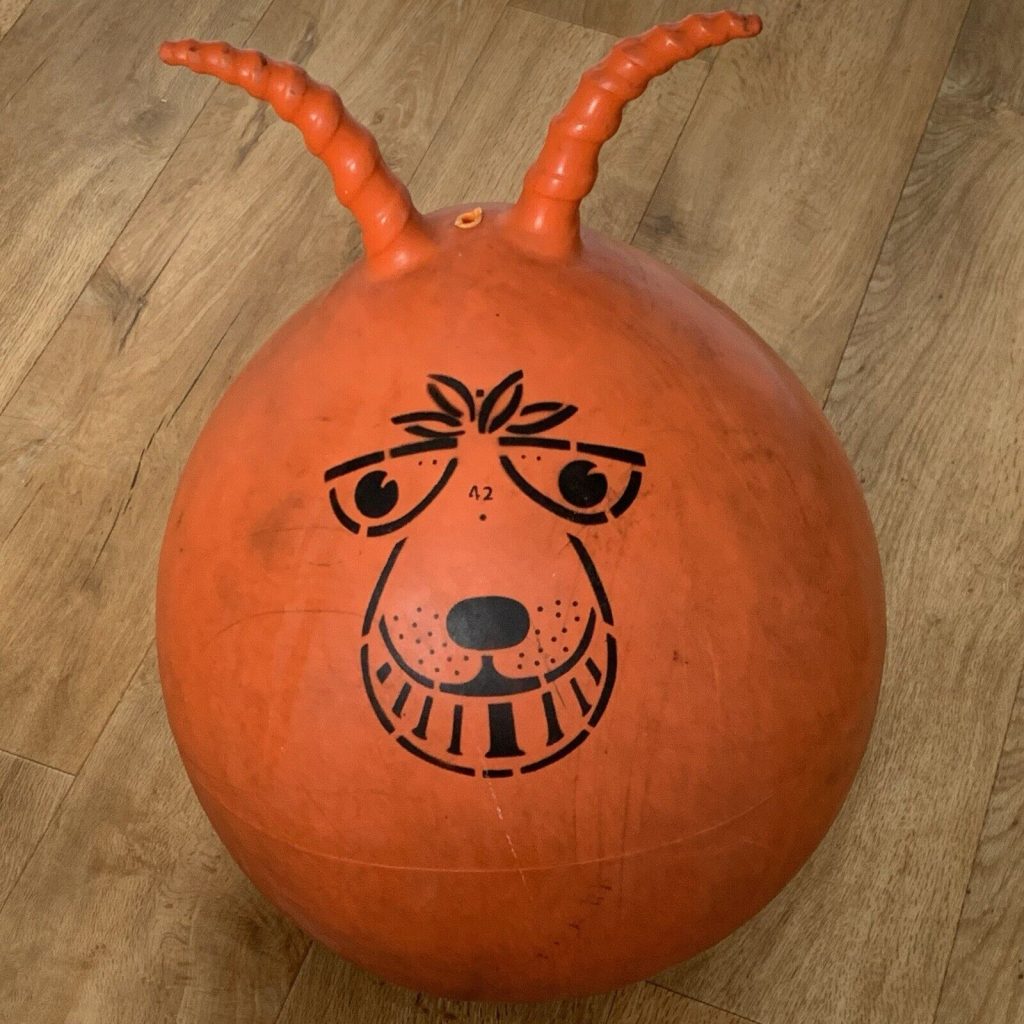
Bright orange, with a goofy grin and two antenna handles — the Space Hopper was the ultimate garden toy of the 70s. Kids would bounce around the back garden, down the street, or even in the living room (if parents weren’t looking), often ending up in a heap on the ground. It wasn’t about skill or grace; it was about how high you could bounce before you lost control.
The Space Hopper became a symbol of 70s childhood fun — cheap, cheerful, and a little bit ridiculous. For many, just seeing one today brings back memories of grazed knees and endless giggles.
2. Raleigh Chopper Bike
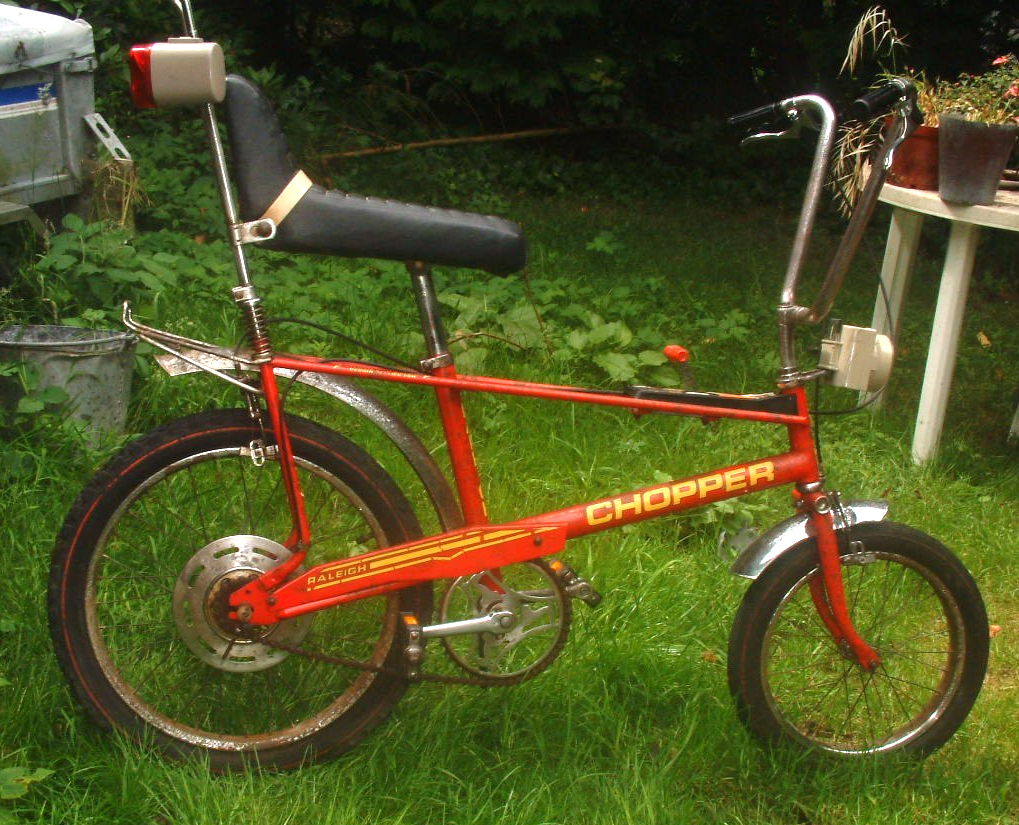
The Raleigh Chopper wasn’t just a bike — it was a badge of honour. With its long padded seat, tall “ape hanger” handlebars, and iconic gear stick in the middle, it looked like something out of an American biker movie. Kids who had one were instantly the coolest on the street.
Of course, it wasn’t the most practical bike — the small front wheel made it tricky to balance, and the gear lever caused more than a few accidents. But none of that mattered. The Chopper was about style, not safety, and it remains one of the most iconic children’s bikes of all time.
3. Etch A Sketch
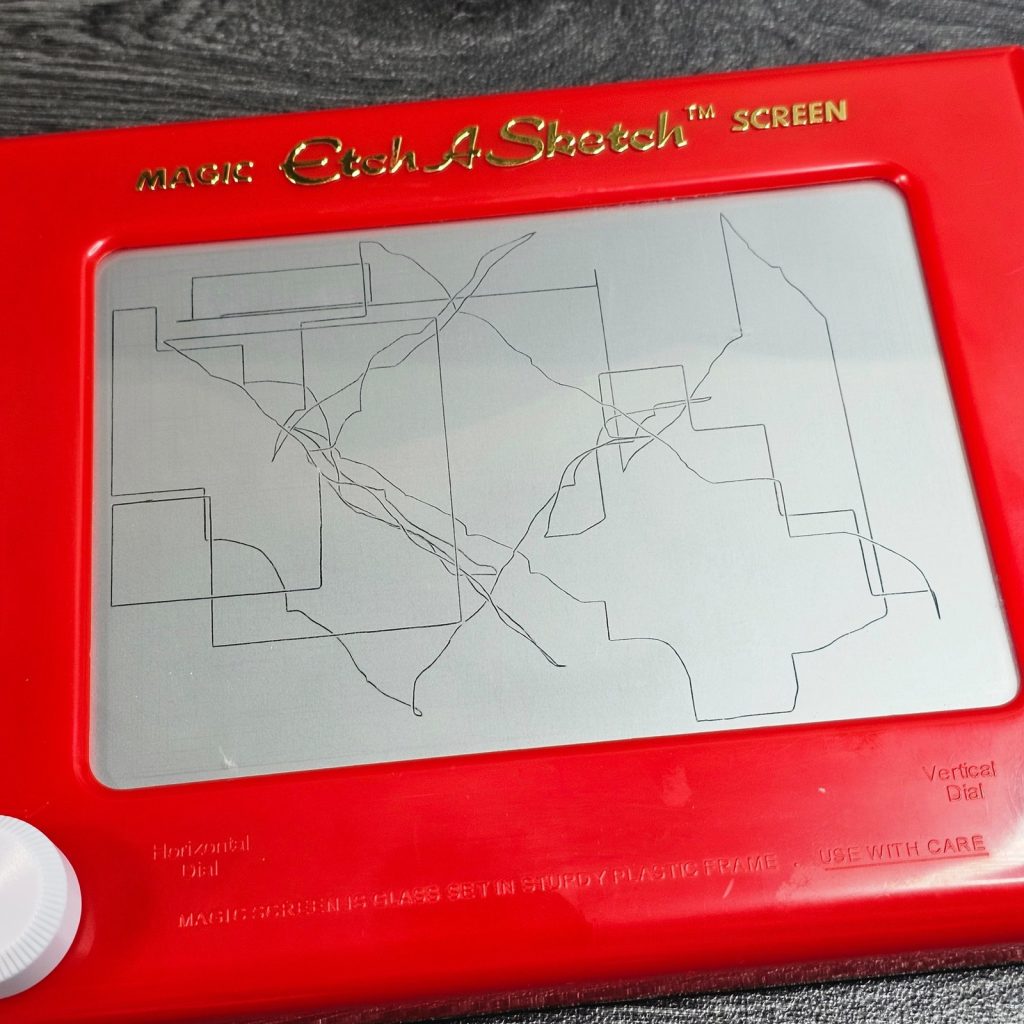
The Etch A Sketch was part toy, part art project, and part exercise in frustration. With two little knobs to twist, you could draw straight lines across the grey screen — one knob moved the stylus horizontally, the other vertically. Curves? Forget it.
Still, the magic of being able to “erase” your mistakes by shaking the toy never got old. Most of us only ever managed wobbly boxes and squiggly lines, but there was always that one kid at school who could create a masterpiece. It was messy-free drawing, 70s-style.
4. Simon Game
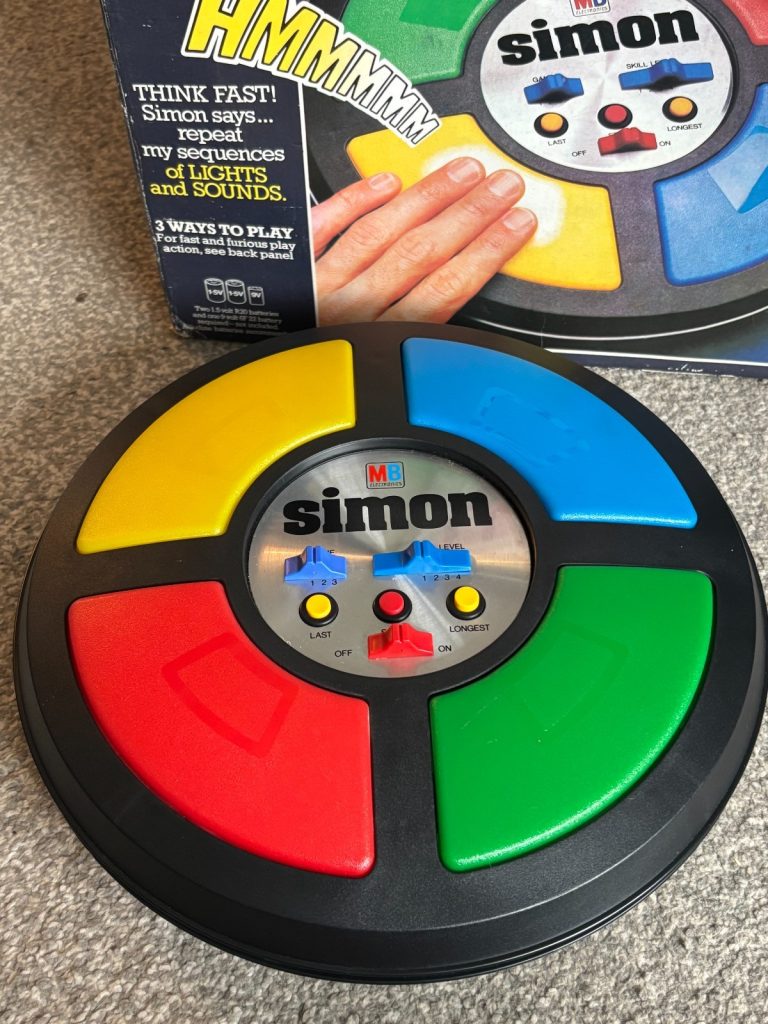
The Simon electronic memory game was the perfect mix of fun and frustration. Shaped like a round flying saucer with coloured buttons, it flashed out patterns of lights and tones that players had to repeat back in order. The longer you lasted, the faster and trickier it got.
It was one of the first “high-tech” toys many kids encountered, and it quickly became a party favourite. Friends and siblings would crowd around, competing to see who had the best memory — usually ending in someone slamming the buttons in defeat when it got too fast to follow.
5. Action Man
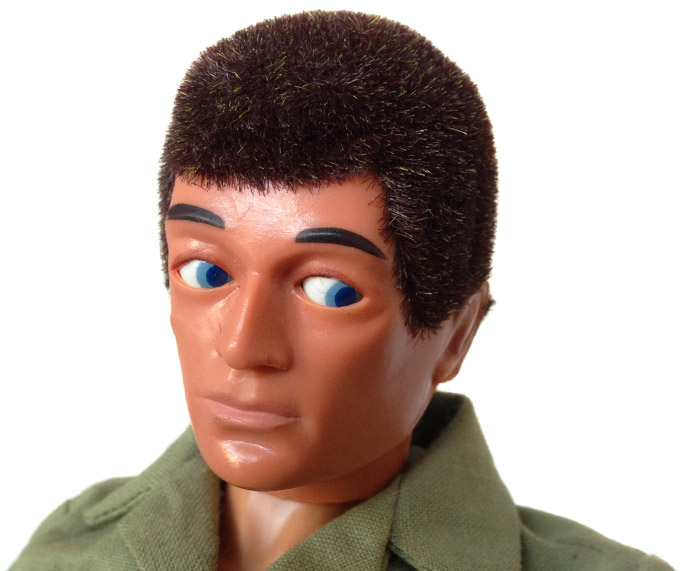
For boys of the 70s and early 80s, Action Man was the toy hero of choice. With his scarred cheek, buzzcut hair, and later the famous “eagle eyes” that could shift left and right, he was ready for any mission.
The sheer variety of accessories was half the fun — military uniforms, parachutes, tanks, and even scuba diving gear. Playtime could be a full-scale adventure, with Action Man leading the charge across the carpet battlefield. He was rugged, versatile, and for many, the ultimate childhood companion.
6. Tiny Tears Doll
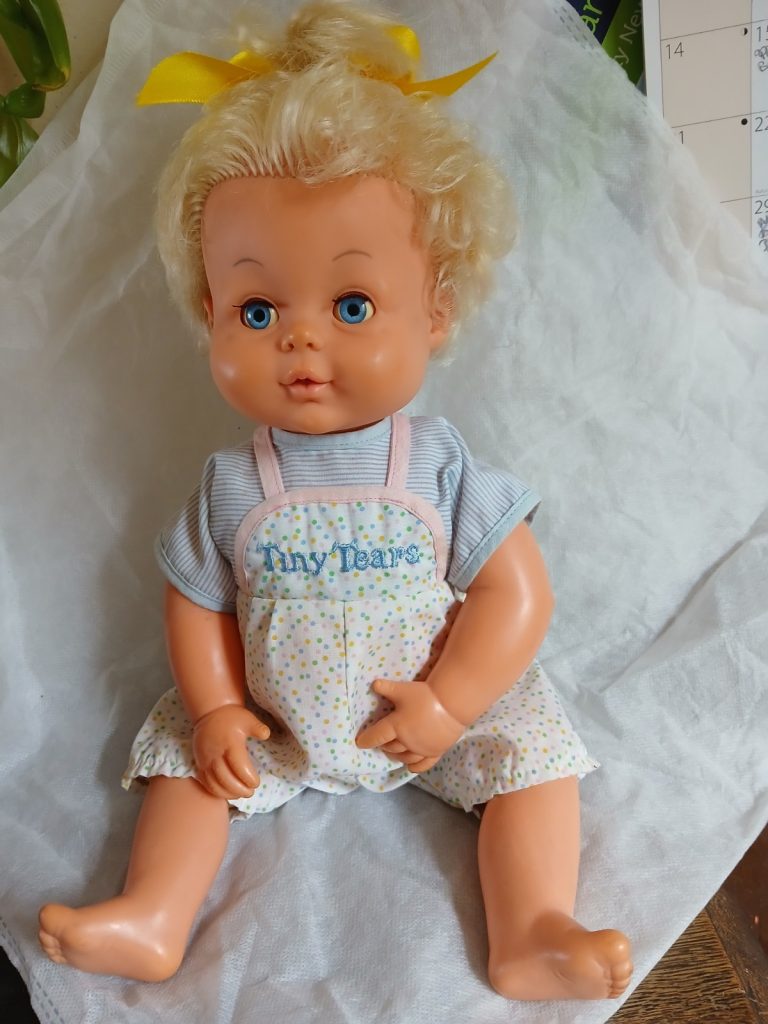
On the other side of the toy box, Tiny Tears was the doll every little girl dreamed of owning. Unlike most dolls of the era, Tiny Tears could drink from a bottle, wet her nappy, and even cry “real tears” down her plastic cheeks.
This touch of realism made her feel special — almost like a real baby to care for. Many children practised their first bit of parenting with Tiny Tears, whether it was feeding, changing, or rocking her to sleep. For some, she was more than a toy; she was a treasured friend.
7. Rubik’s Cube
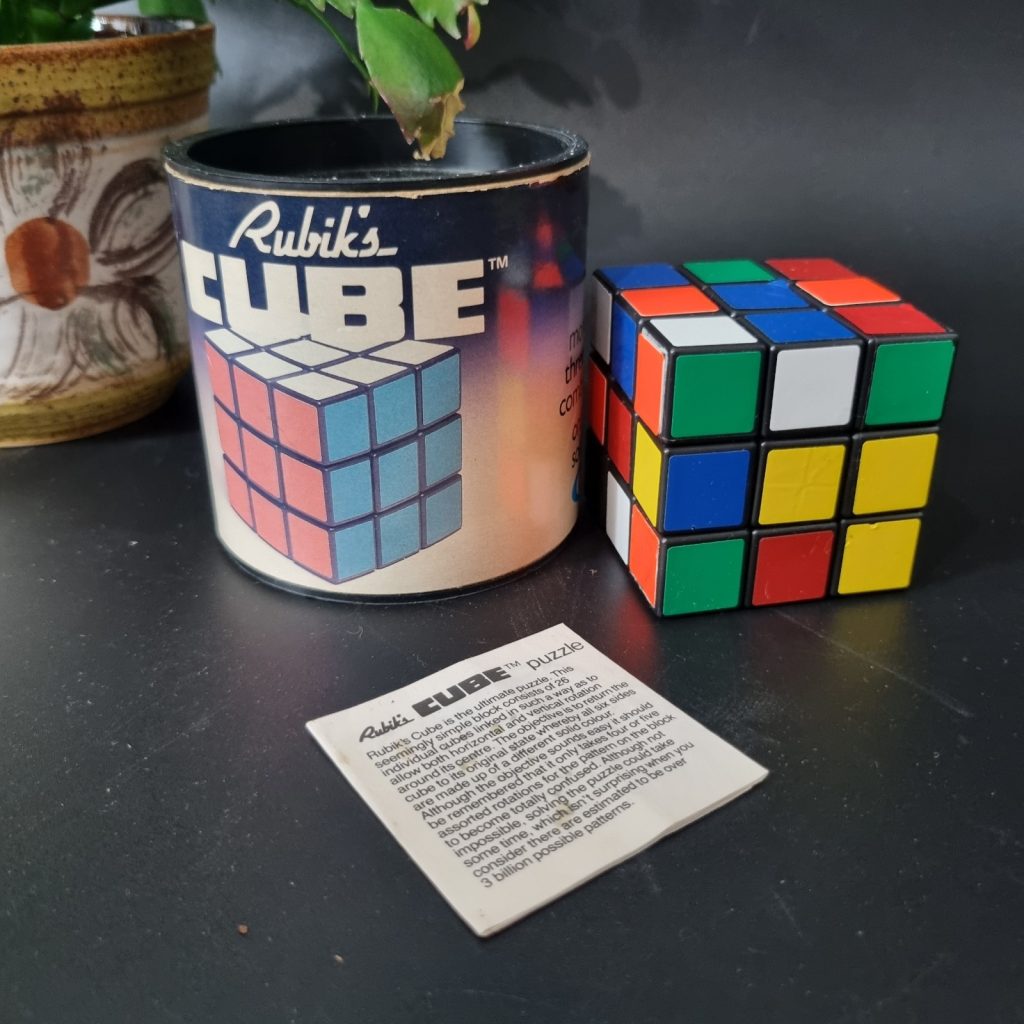
Few toys captured the 80s like the Rubik’s Cube. What looked like a simple puzzle quickly became a global craze, with millions of kids (and adults) twisting and turning the cube in frustration.
Solving it was a rare achievement — most of us gave up and left it as a colourful scrambled mess, or resorted to peeling off the stickers to “cheat.” But the cube’s addictive challenge made it iconic, and even today, it’s still sold as both a toy and a test of patience.
8. Scalextric
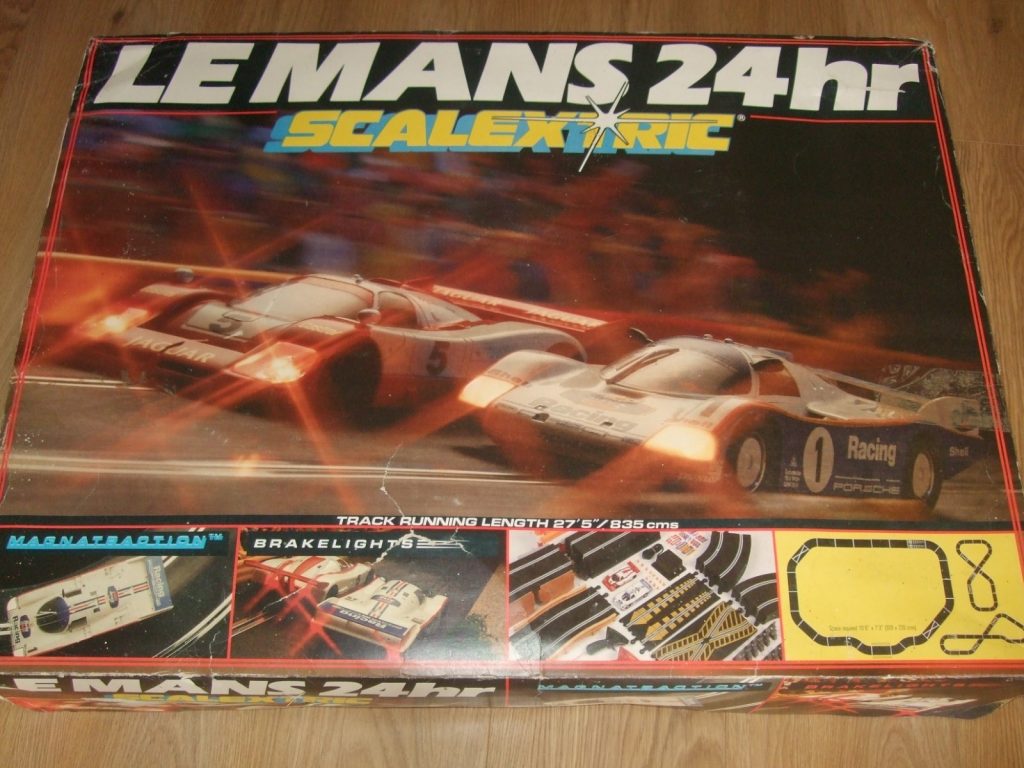
Scalextric brought the excitement of the racetrack into the home. Kids would spend hours building elaborate track layouts, then slot their cars in and race them at breakneck speed. Of course, most races ended with the cars flying off the track, but that was part of the fun.
The whirring motors, the smell of burnt rubber from the tyres, and the sheer competitiveness of trying to beat your sibling made Scalextric unforgettable. It wasn’t just a toy — it was a family event, often with Dad secretly enjoying it as much as the kids.
9. Cabbage Patch Kids
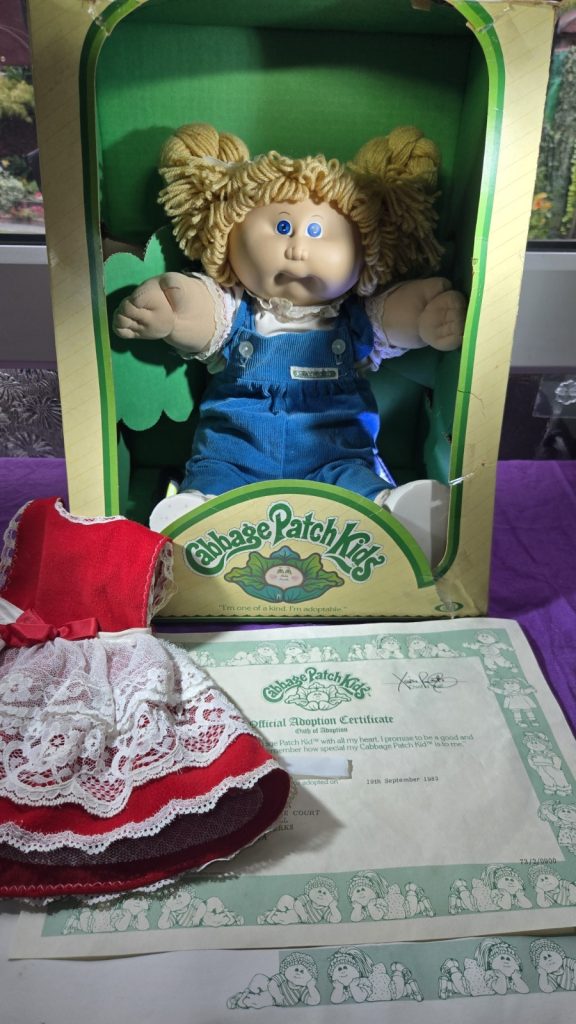
In the mid-80s, Cabbage Patch Kids dolls sparked one of the biggest toy crazes of the decade. Each doll came with a unique name, face, and “adoption certificate,” making it feel like you weren’t just buying a doll — you were adopting a child.
They were soft, cuddly, and quirky-looking compared to traditional dolls, but that only added to their charm. At Christmas time, shops couldn’t keep up with demand, and they became one of the first “must-have” toys that parents queued up for.
10. View-Master
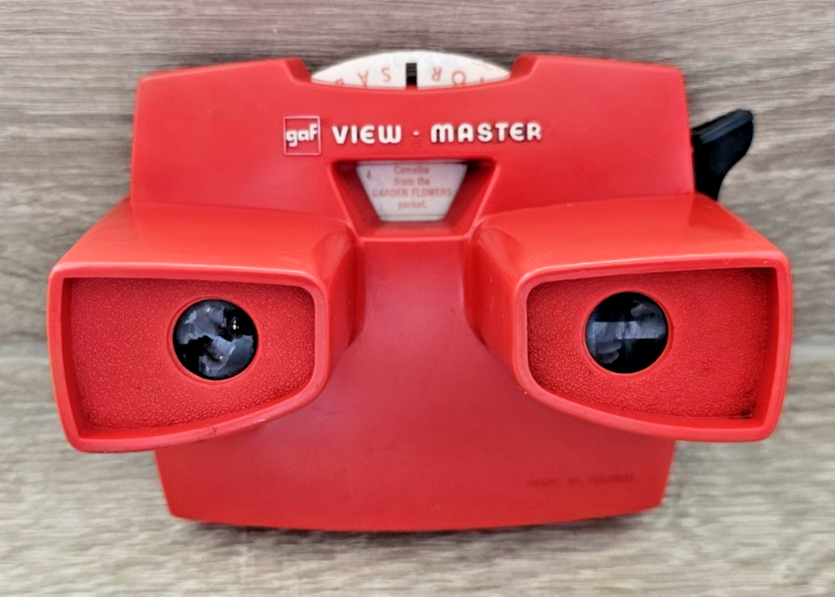
Before streaming and virtual reality, there was the View-Master. This chunky red plastic viewer let you insert a cardboard reel full of tiny colour slides. With a satisfying click, each image would shift into view in glorious 3D.
From Disney films to travel scenes, the reels transported kids to whole new worlds. It was simple, magical, and endlessly entertaining — proof that sometimes the most basic toys had the biggest impact on our imagination.
